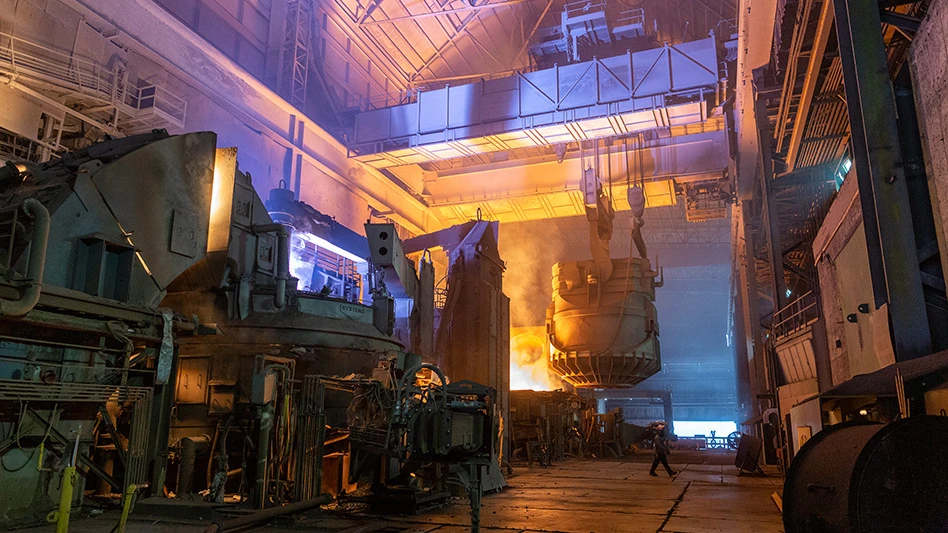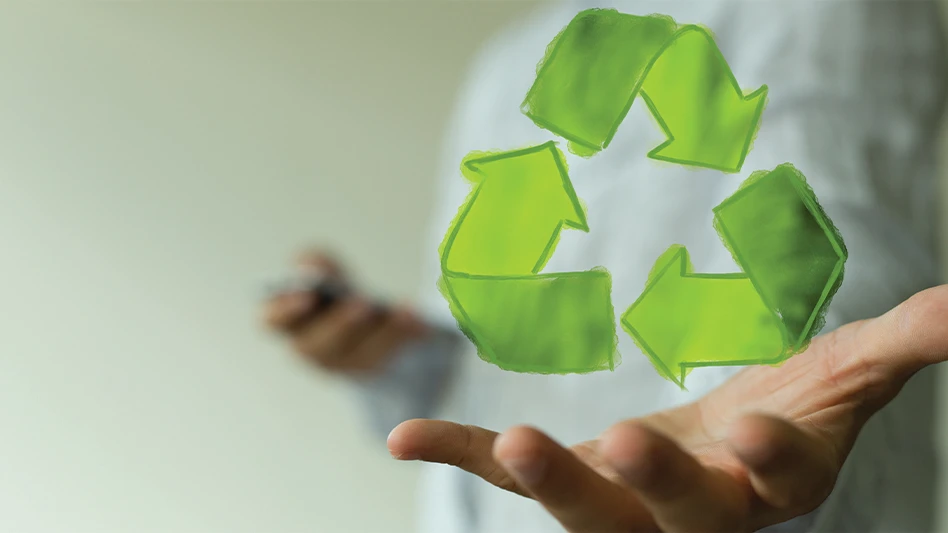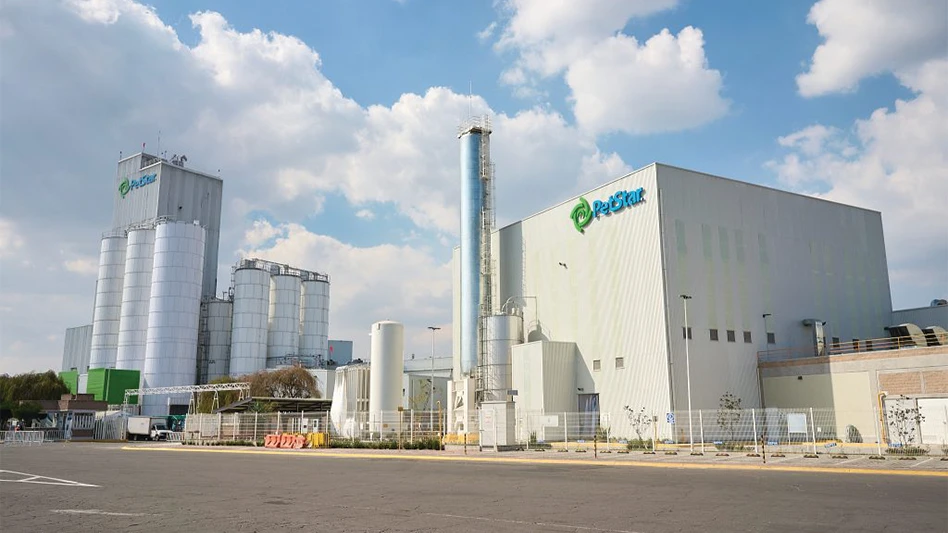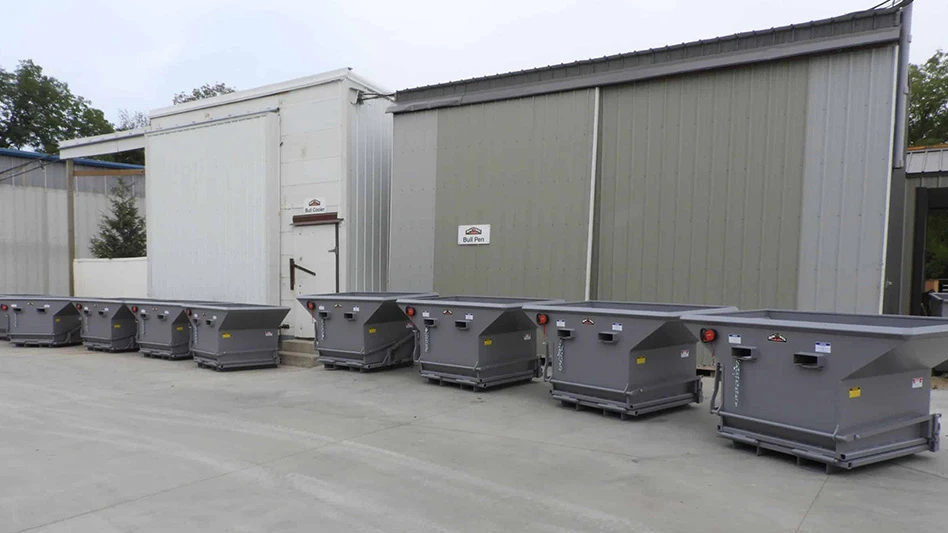
Looking back is always easier than looking forward. Last year was a good year for
The strong demand for automotive catalysts, increased vehicle recycling and a short supply continues to push the palladium price higher. Lower demand caused by the decrease of diesel vehicle sales in Europe, combined with an increase of secondary supply from recycling, continues to hold the platinum price down. Stricter emission standards will increase rhodium loadings, but that metal will still be in surplus.
The demand for new automobile catalyst climbed to record levels last year amidst a shortage of palladium (Pd), a surplus of platinum (Pt) and an increasing supply of rhodium (Rh). Palladium makes up most of the precious metals contained in
This is good news for palladium since palladium loadings have been increasing, mostly in the United States market, in
Johnson Matthey in its PGM Market Report dated Feb. 13, says the secondary supply of palladium grew by 10 percent in 2018, after having a 20 percent gain in 2017. This was caused by the increase in vehicle recycling once the scrap steel price bounced back from its lows in 2015 and 2016.
And considering “
Even with the decreased use of platinum in three-way catalyst over the past 20 years, and the reduction of diesel catalyst production (which uses more platinum), a small rise in increased demand for platinum will come from fuel cell technology in automotive applications and stationary power generation over the next several years.
As emission standards tighten in most countries, rhodium loadings also increase. Still, this metal is expected to continue to be in surplus.
Recently, I asked Philip Newman, the director of Metals Focus, a London-based precious metals consultancy group, to comment on the outlook for platinum and palladium in 2019. Here is what Philip had to say.
“Platinum has fallen to a record discount to gold of $526. That said, Metals Focus still expects platinum prices to eventually firm this year, especially toward the end of 2019. However, this is premised on our view of a stronger gold price. In other words, platinum will continue to face headwinds of unsupportive supply and demand.
“In trying to gauge professional investor sentiment in recent weeks, the absence of up-to-date CFTC (Commodity Futures Trading Commission) data has led us to review
“Palladium has continued to strengthen this year, achieving a new record high of $1,439 on Jan. 17. Key to this is the ongoing physical deficit in the palladium market, which this year is expected by Metals Focus to reach 1 million ounces.
“Looking ahead, we believe palladium prices will continue to rise this year. Even so, palladium’s record high prices increase the risk of near-term profit taking, although any downturn in the palladium price should be short-lived.”
In summary, 2018 was a great year for both vehicle and
The author is the president of Greenville, South Carolina-based United Catalyst Corp. She also serves as co-chair of the Automotive Recyclers Association (ARA) Annual Convention Educational Programming Committee and is an Executive Committee member of the IPMI (International Precious Metals Institute). She can be contacted at berube@unitedcatalystcorporation.com. For questions about selling converters on
Latest from Recycling Today
- Autocar releases Smart Battery Cable to advance refuse truck fire safety
- PLASTICS launches Positives of Plastics website
- Impact Air Systems launches compact ZAC400
- PCA to shut down paper machines at Washington containerboard mill
- BMRA provides landfill guidance for UK shredder operators
- Fornnax high-capacity tire recycling plant
- EU introduces measures to secure raw materials, strengthen economic security
- US Steel to restart Illinois blast furnace





